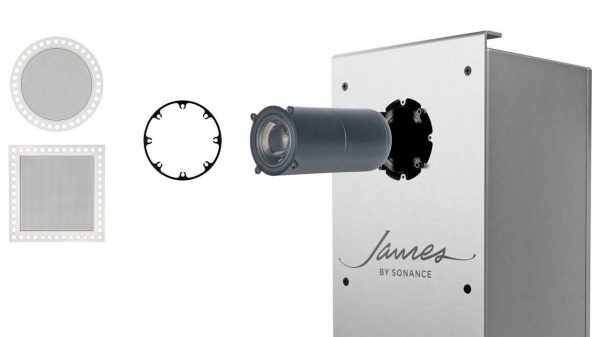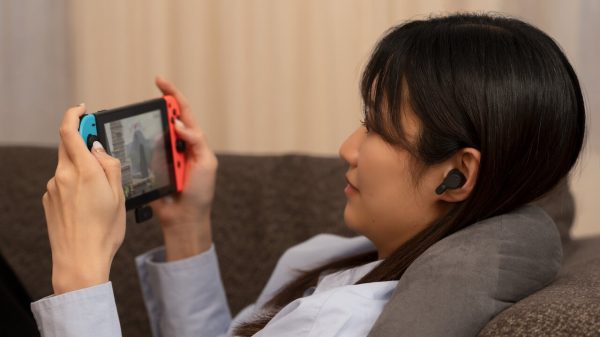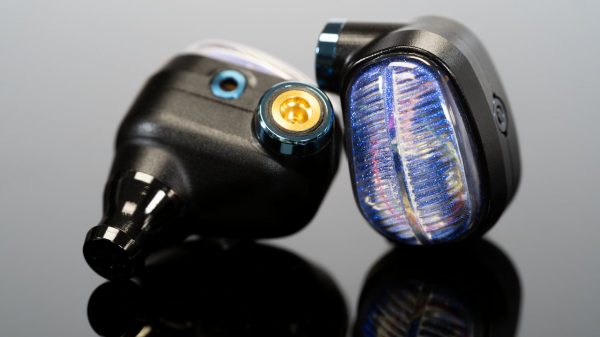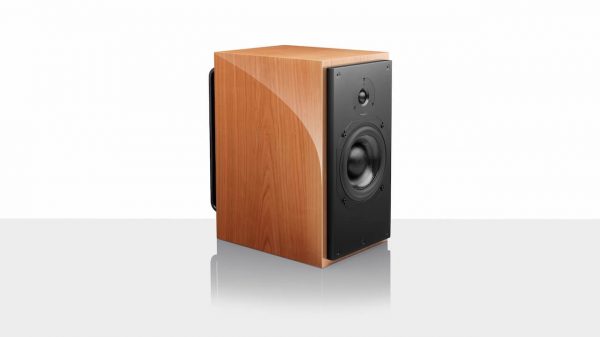In our reference article: “Buying a New TV: Everything You Need Know“, we discussed what to consider when purchasing a TV and how to sort out the types of TVs that are available. This included an overview of several TV technologies. However, one category: OLED, is going through some changes that TV buyers need to be aware of. Let’s find out how OLED technology advances and variations may affect your future TV purchase decisions.
OLED
The core foundation of OLED TV technology is the use of Organic LED pixels to create and display images. The pixels are self-emitting (no blacklight required as with LCD TVs), and are capable of producing both light and color.
Samsung’s Initial OLED TV Failure
Samsung’s initial approach to OLED TV employed self-emitting Red, Green, and Blue sub-pixels. However, the problem with this structure is that the blue subpixels decayed at a much faster rate than the green and red pixels, not a good way to win over consumers. After releasing a single 55-inch OLED TV in 2012/13 to much hype, Samsung quickly dropped out of the OLED TV market and concentrated on improving its LCD-based TVs. This eventually led to adding Quantum Dots and LED local dimming backlighting (QLED) to select LCD TVs to improve color and black levels.

LG Display WRGB OLED (aka WOLED)
LG Display’s variation on OLED technology which has been the standard up to this point is technically labeled WRGB or WOLED (referred to at the retail level as just OLED). This variation combines White OLED self-emitting subpixels with Red, Green, and Blue color filters (aka color refiner). This solves the problem of the blue color degradation that Samsung encountered as the color is added via color filters rather than the self-emitting pixels.

OLED screen panels made by LG Display Company (a sister company to LG Electronics) are used by several TV makers including LG Electronics, Sony, Vizio, Panasonic, and Phillips (Panasonic and Philips OLED TVs are not widely available in the U.S.). Although each company uses LG Display’s OLED panels, they each add their own video processing features, connectivity, streaming platform, etc… to differentiate themselves.

QD-OLED (aka QD Display)
Although using OLED technology as a foundation, QD-OLED display panels are different from LG Display’s OLED panels.
Made by the Samsung Display Company, QD-OLED combines Quantum Dots with OLED and just like LG Displays’s OLED tech, eliminates the need for an LCD panel.
The way QD-OLED works is that layer of blue light-emitting OLED pixels are placed on the back of the TV. The blue light then strikes a layer of quantum dots to produce green and red light, while a portion of the blue light from the OLED layer passes through to the screen. The blue OLED light in combination with the green and red light Quantum Dot light produces the displayed screen images.

QD-OLED can display absolute black just like LG Display’s OLED TV tech. However, the downside is that blue organic OLEDs are unstable and have a short lifespan. To compensate, three layers of blue OLEDs are used to stabilize the blue light output and extend life.
With blue light stabilization corrected, and combining OLED with Quantum Dots, QD-OLED TVs can produce more accurate color at higher brightness levels than WOLED TVs currently supplied to the market.

QD-OLED has been adopted for use in TVs by Samsung Electronics (the marks their return to OLED technology since their initial failure) and Sony. It is anticipated that other brands will join in. In the short term, Samsung Electronics is not abandoning its LCD-based TV product lines, and Sony is not abandoning its standard OLED or LCD-based TV product lines.
IJP RGB OLED
In addition to the WOLED and QD-OLED technologies in use now, as soon as 2023 or 2024, another OLED TV technology variation may appear on store shelves.
TCL is planning to re-introduce the original RGB OLED concept that Samsung failed at back into the market. However, what makes this TCL’s move different is that the OLED pixels will be made using an inkjet printing process. Although the final brand moniker is not known yet, it is being referred to generically as IJP (InkJet Printed) RGB OLED.
It’s anticipated that the inkjet printing process will increase the stability of the OLED pixels as well as increase production yields resulting in lower prices. If this materializes, TCL would become the third major player in the OLED technology landscape.
Illustrating their commitment TCL’s panel making subsidiary (CSoT) has reportedly invested $6.8 billion into an OLED inkjet printing production line to be fully up and running by 2024.

Panasonic (in partnership with Sony) actually displayed an OLED TV with inkjet-printed pixels way back at the 2013 CES, but neither company moved forward with it, opting finally to purchase WOLED panels from LG Display Company. If TCL is able to cash in with inkjet-printed OLED panels, and successfully compete with WOLED and QD-OLED, it will mean that Panasonic and Sony may have missed a big competitive opportunity that they could have implemented several years ago.

Tip: There is an indication that Samsung is looking at using inkjet printing technology for its QD-OLED TVs.
TV Buying May Get More Confusing
For most of the time since their introduction, OLED TVs have been playing “second fiddle” to LCD TVs, with a much smaller market share. This is partly due to higher prices and fallout from screen burn-in issues.
However, Since 2019, OLED has made big gains in the market (prices have come down and burn-in issues have been mostly solved). Additional refinements, such as LG display’s EVO panel and EX enhancement, increased efficiency and screen brightness to attract consumers’ dollars. OLED TV makers have also made a big push to attract gamers.
The result is that in addition to all the variations in LCD-based TV technologies (LED/LCD, QLED, miniLED, Nanocell), OLED now seems to be pursuing a similar path with multiple technology options with QD-OLED and Ink-Jet Printed OLED. Depending on how these TVs are priced, labeled, and presented to consumers at the retail level could result either in an informed or confusing buying process.
Just keep in mind that in addition to display technology, there are other factors to consider when buying a TV that is covered in our previously posted TV Buying Tips article.































